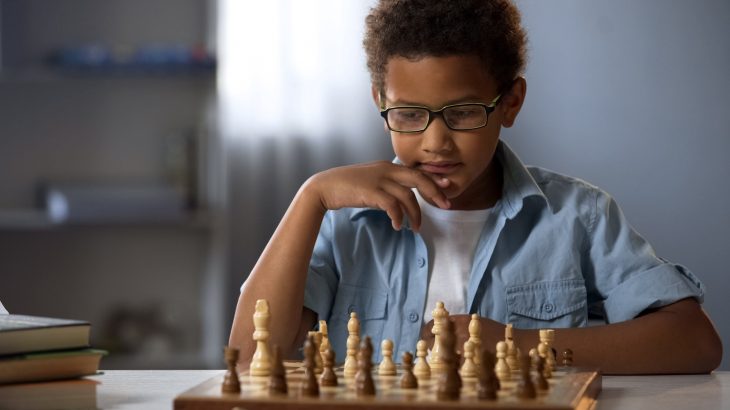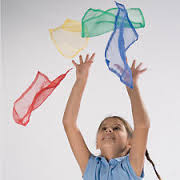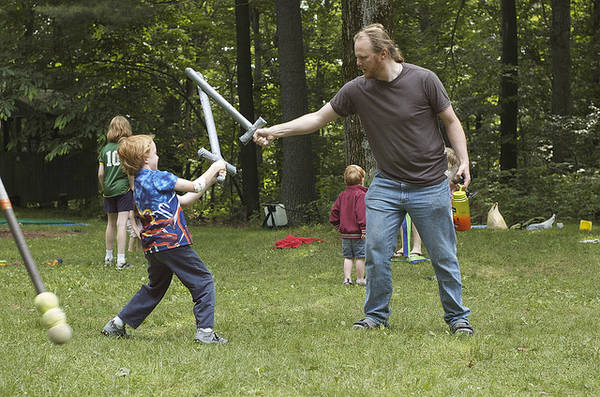A DTK Book Review: How We Learn, by Benedict Carey Learning to Study Benedict Carey’s book, How We Learn: The Surprising Truth About When, Where, and Why It Happens deserves a look by serious students and teachers. Students at all levels of education spend a lot of time in the classroom and the library. They […]
cognitive skills
Twenty-four Questions to Develop Critical Thinking Skills

Ask the Right Questions Help your students learn to use the information they already have to problem-solve in new situations. Do this by asking questions. What can you do about that? Do you have some other ideas? What could you substitute for that? Do you see any advantages or disadvantages? When is the best time […]
Cognitive Skills Training

Thinking Can Be Taught! Weak thinking skills may cause or add to a child’s school failure. It’s tempting to jump straight to the “problem” such as reading or math skills without looking for more foundational weaknesses. But, while teaching academic skills is often our first objective, we must also look for ways to strengthen the […]
Touching and Moving to Learn

Touching and Moving Learning Techniques are: Ways tutors incorporate the dyslexic student’s strong kinesthetic (body-related) learning skills into academic work. Background: Many dyslexic students learn best while moving, and remember best if the material is practiced while the body is feeling weight or impact. This is hard to achieve in a classroom. Some students are […]
Logic Links: A DTK Game Review
Logic Links: One Way to Build on Dyslexia Strengths DYSLEXIA IS A DIFFERENCE Logic Links is a series of puzzles using color and logic. This article reviews Logic Links in relation to its usefulness when teaching students with dyslexia. Dyslexia is often perceived as a reading disability, but that is an extremely narrow view! As […]
Multiplication Facts and Sword Play

Multiplication Facts Should Not Be Scary Math seems to be the universal “scary” subject. Many students assume that math must be painful: after all, dreading math is so common it’s practically clichéd. In the case of K-5 addition and multiplication facts boredom and loss of focus can be issues. Sword fighting can avoid painful math […]
Cognitive Skills Can be Improved

by Yvonna Graham, M.Ed; www.dyslexiakit.net Cognitive Skills Two important aspects of cognitive skills training are working memory and processing speed. Working memory, or short-term memory, lets you retain and use the information immediately applicable to a task. Processing speed refers to how fast you can think through a problem or series of actions. Both are […]